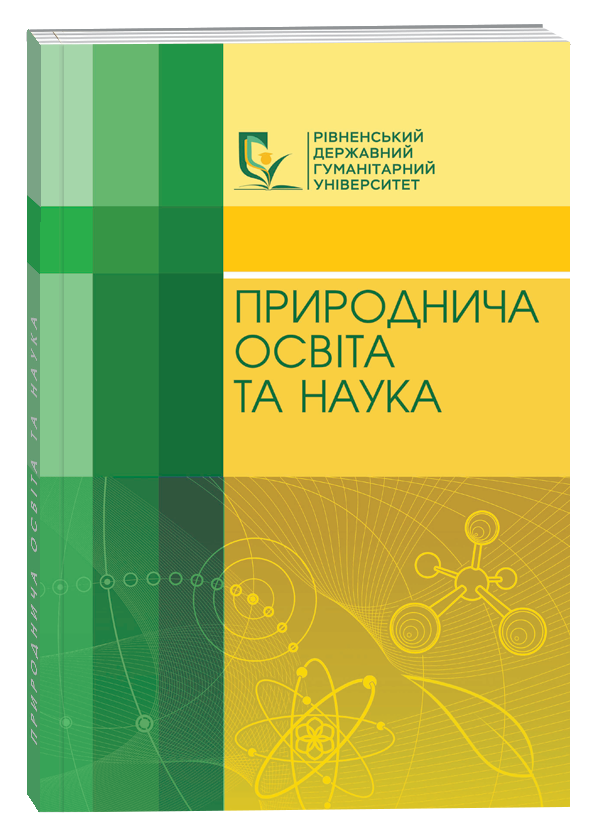LEADERSHIP AND TEAM MANAGEMENT
Abstract
In modern conditions, a team is recognised as a group that provides an organisation or an enterprise with a competitive advantage. Working in any team implies personal responsibility to each employee. This responsibility lies both in the right attitude to the common cause and in the energy spent by a person to achieve the goal. Teams that are on the rise direct all their energy towards achieving team goals, which makes them more cohesive. This concentration of effort on a common cause helps to overcome obstacles that any team faces. The sense of unity provided by a common goal has a positive effect on a person as a team player and on the ability of the team to work as a single organism. A team is a special form of organisation of people based on a well-thought-out positioning of participants who have a common vision of the situation and strategic goals and have well-developed procedures for interaction. The criterion of a formed team is the ability of the group to analyse its activities and find internal resources for development and overcoming difficulties. An integral part of the team is the leader, who has the power to make decisions in relation to other people, groups, institutions and who is responsible for the consequences of any decisions he or she makes. A true leader have to possess communication skills. A leader must be able not only to express his or her thoughts clearly and concisely, but also to be able to interest those present in his or her speech and unite everyone under a common cause. Another quality without which a true leader is simply unthinkable is confidence in yourself and your actions. Endurance is a quality that a true leader must have. The list of skills required for a leader should be determined by the specific capabilities and needs of the company, the team's readiness for change, etc., because it is very difficult to make a leader be responsible if he or she does not clearly understand his or her functions and responsibilities. We often have to deal with cases when people who get into a leadership position do not und erstand what is expected of them.
References
2. Вороніна К. О. Особливості вивчення рівня лідерських здібностей. Проблеми загальної та педагогічної психології : зб. наук. пр. інституту психології ім. Г. С. Костюка АПН України. Київ, 2009. Том 11, част. 3. С. 99–107.
3. Головатий М. Соціологія політики. Київ : МАУП, 2003. 504 с.
4. Друкер П. Ф. Ефективний керівник. Найточніший посібник з досягнення правильних результатів. Київ : КМ-Букс, 2019. 288 с.
5. Пільганчук А., Кузьменко В. Розвиток лідерських якостей у майбутніх психологів. Гуманітар. вісник ДВНЗ «Переяслав-Хмельницький Державний педагогічний університет ім. Г. Сковороди» : зб. наук. пр. 2012. Вип. 25. С. 412–415.
6. Сергеєва Л. М., Кондратьєва В. П., Хромей М. Я. Лідерство : навч. посіб. За наук. ред. Л. М. Сергеєвої. Івано-Франківськ : Лілея-НВ, 2015. 296 с.
7. Daft R. Management. South-Western College Pub; 12th edition, 2015. 800 p.
8. Stogdill R. Handbook of Leadership. A Survey of Theory and Research. New York, 1974. 856 р.






